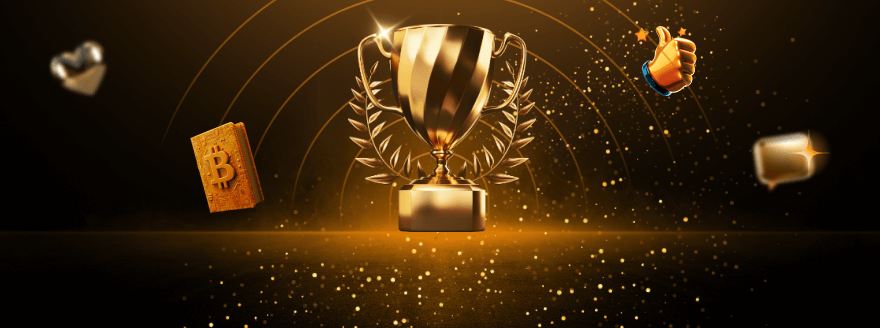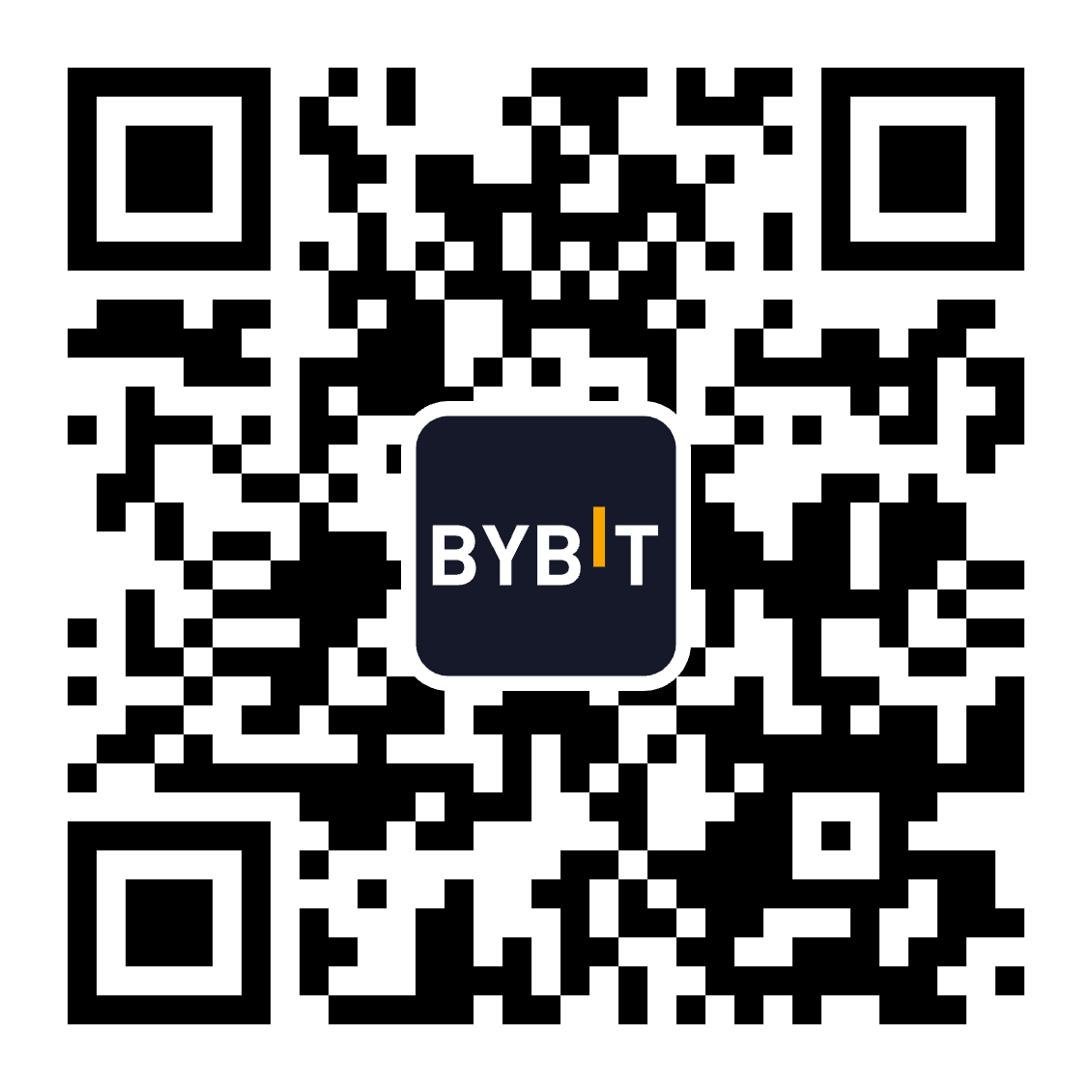ZeroLend (ZERO): A Multichain Lending Platform on Layer 2 Networks
Show More
Quickly grasp the article's content and gauge market sentiment in just 30 seconds!
With a total value locked (TVL) of $42 billion (as of May 12, 2024), crypto lending and borrowing is the second-largest category in the decentralized finance (DeFi) industry, behind only liquid staking. This gigantic niche has been among the driving forces of the DeFi revolution that began around 2017–2018. While there’s been no shortage of lending and borrowing protocols specializing in regular crypto tokens and stablecoins, it is challenging to find DeFi lending platforms that focus on specific assets.
ZeroLend (ZERO) is a new multi-chain lending protocol that aims to do just that; the project focuses on two specialized crypto assets — Real World Assets (RWAs) and Liquid Restaking Tokens (LRTs) — in its lending and borrowing operations. It also offers other innovative solutions, such as account abstraction, which dramatically simplifies the access to and management of DeFi assets and activities.
Key Takeaways:
ZeroLend is a multichain protocol that provides lending and borrowing opportunities in high-cap cryptocurrencies, stablecoins, LRTs and RWAs, as well as lower-cap high-risk assets.
The protocol's services are available on Ethereum (ETH) and at least five Ethereum-connected Layer 2 networks.
Its governance token, ZERO, can be bought on Bybit as a Spot pair.
What Is ZeroLend?
ZeroLend (ZERO) is a multichain lending and borrowing protocol specializing in RWAs and LRTs. Its operations cover Ethereum and several Ethereum-linked Layer 2 platforms — Linea, zkSync, Manta Network (MANTA), X Layer and Blast (BLSTR), allowing users to deposit supported tokens on the chains and earn yields from them.
ZeroLend was founded in 2023 and gradually expanded its Layer 2 coverage throughout early 2024. It's been backed by several prominent institutional investors, including Consensys, Polygon Ventures and Transform Capital.
ZeroLend allows users to lend and borrow funds using a variety of crypto assets, including RWAs, LRTs, stablecoins, high-cap cryptocurrencies (e.g., ETH or WBTC) and high-risk assets, such as GRAI, MULE and more.
Besides its key lending and borrowing operations, ZeroLend also offers its users account abstraction (AA) services. AA allows traders to carry out common DeFi activities in a user-friendly way without worrying about managing such underlying, low-level blockchain concepts as private keys, multisig transactions and gas fees.
ZeroLend Key Features
DeFi Lending
The ZeroLend platform offers lending and borrowing in a range of conventional crypto assets. These can be grouped into three broad categories. The first group is cryptocurrencies with market caps and liquidity levels of at least $100 million. Typical cryptos in this category include major assets such as ETH or WBTC. The second group consists of USD-pegged stablecoins, such as USDT, USDC and DAI. Finally, there’s a category for smaller-cap cryptocurrencies, as well as typically risky cryptos. These three groups are in addition to specialized assets, namely LRTs and RWAs, which we'll cover below.
One of the cryptocurrencies available for borrowing via the ZeroLend ecosystem is ONEZ — a USD-pegged crypto that has self-loan repaying capability and is minted by providing collateral in ETH or stablecoins. Thanks to overcollateralization, each ONEZ is backed by more than $1. Being safely overcollateralized and pegged to the U.S. dollar, the ONEZ token is a valuable asset for DeFi users looking for stability amid the inherent volatility of decentralized crypto trading.
Borrowed funds on the ZeroLend protocol can be subject to liquidation. This is designed to protect liquidity providers and support the overall financial viability of the platform. If the loan-to-value (LTV) ratio for borrowed funds drops below a specified threshold (known as the loan’s health factor on ZeroLend), the loan could be liquidated by the platform unless the borrower adds enough funds.
LRT Lending
ZeroLend also provides lending opportunities in LRT assets. More commonly known as liquid staking derivatives (LSDs), these are tokens issued by a variety of liquid staking platforms when you stake funds on them. Currently, four LRTs are supported on the ZeroLend decentralized lending platform — ezETH from Renzo, weETH from ether.fi, rsETH from Kelp DAO and pufETH from Puffer.
By providing LRT lending opportunities, ZeroLend allows you to put these tokens to further use beyond their native platforms. You earn yields on your investment both on the original liquid staking protocol (through your investment in ETH or stablecoins) and on ZeroLend (through one of the supported LRT assets).
RWA Lending
ZeroLend is also among the few platforms that provide RWA lending opportunities. RWAs are a rapidly growing sector and are projected to become a $10 trillion market by 2030. The platform hopes to capitalize on this growth by offering crypto lending collateralized using tokenized stocks, commodities, bonds, real estate and other types of off-chain financial assets.
Providing RWAs as collateral on ZeroLend can lessen one key limitation in crypto lending and borrowing: overcollateralization. Most crypto loans require ample overcollateralization, with typical collateral amounts ranging from 120% to 200% of the borrowed funds. Many borrowers don't have access to such capital in crypto assets. By tokenizing their RWAs and bringing them on-chain, they can access crypto loans more efficiently.
For instance, an institutional entity looking to borrow $500,000 in stablecoins might not have the $600,000 to $1 million in cryptocurrency typically required as collateral in such a scenario. However, they might have access to RWAs, such as real estate, land or bonds, against which they can take out the loan. Naturally, before these assets can be used to secure crypto loans, they need to be brought on-chain via tokenization.
Account Abstraction (AA)
Many DeFi trading activities require users to be familiar with operations and concepts such as private key management, gas fees, and multisig transactions. For crypto beginners, these notions can be confusing, raising barriers to entry to DeFi platforms. Even experienced users would ideally like to concentrate on actual trading instead of managing these nuances. This is where AA comes in.
ZeroLend's AA service provides you with a user-friendly wallet interface in which low-level details related to signatures, keys and gas fees are automated and abstracted away from you — thus freeing you from the necessity of handling these operations directly. AA helps you keep transactions private, cover gas fees (or lets you pay gas fees with ERC-20 tokens), access gasless transactions, automate the handling of delegated transactions, and log in to DeFi platforms with social handles in a user-friendly way.
AA on ZeroLend is achieved by tying your wallet not to an ordinary address on the blockchain, but to a programmable smart contract. As such, your abstracted wallet can programmatically handle common low-level operations based on the smart contract code, without you having to worry about nuances and technicalities.
What Is ZERO?
Launched on May 6, 2024, ZERO is ZeroLend's native crypto token. It's an ERC-20 asset on the Linea Layer 2 chain. The ZeroLend token has the following key functions:
Governance: ZERO is the platform's native governance token. Token holders can participate in decision-making regarding any changes to the protocol's key parameters and future direction.
Staking: Earn staking rewards by locking your ZERO funds on the platform.
Payment of transaction fees on the protocol.
Incentives for protocol contributors: Liquidity providers, users who refer others to the protocol, and various other groups contributing to Zerolend ecosystem's growth will be eligible for rewards and airdrops in ZERO tokens.
Off-platform DeFi transactions: The project’s team has plans to integrate ZERO on other DeFi platforms, to be used as collateral or for yield-bearing operations.
ZERO is a deflationary asset, with a total and maximum supply of 100 billion.
ZeroLend (ZERO) Airdrop
So far, ZeroLend has announced two main airdrops. Zero Gravity is the platform's default airdrop system, whereby users are allocated ZERO tokens based on Zero Gravity points — the protocol's loyalty point program. The more actively you participate in ZeroLend (as measured by your lending and borrowing activity), the more Zero Gravity points (and therefore, more ZERO airdrop allocations) to which you’ll be entitled.
The second airdrop is a campaign focused on distributing earlyZERO tokens. A nontransferable crypto asset, earlyZERO is used to incentivize early platform users. Following ZERO's token generation event (TGE) that took place on May 6, 2024, recipients of earlyZERO can convert their tokens to ZERO at a 1:1 ratio.
Where to Buy ZeroLend (ZERO)
The ZERO token is available on Bybit via Spot pair with USDT (ZERO/USDT). Additionally, you can participate in Bybit's Spot listing campaign from May 6–20, 2024, dedicated to the ZERO token to grab a share of the 70,000 USDT prize pool.
ZeroLend (ZERO) Price Prediction
As of May 14, 2024, ZERO has been on the market for eight days and is trading at $0.00047. Long-term price estimates for ZERO are bullish, with DigitalCoinPrice expecting the token to trade at $0.00124 in 2025 and $0.00353 in 2030. Meanwhile, Cryptoticker forecasts it will average $0.001385 in 2025 and $0.009166 in 2030.
Closing Thoughts
ZeroLend's focus on RWAs and LRTs opens up new, flexible opportunities for DeFi lenders and borrowers. You can now increase total yields from your liquid staking investment by reinvesting LRT assets on ZeroLend, and the platform's RWA lending service is a unique opportunity to borrow tokens leveraging your real-world financial assets. The best part of all is that all these novel products are available through multiple chains, offering you plenty of options to conduct your lending and borrowing activities on your preferred platform.
#LearnWithBybit
Grab Up to 5,000 USDT in Rewards
Get additional 50 USDT welcome gift instantly when you sign up today.




